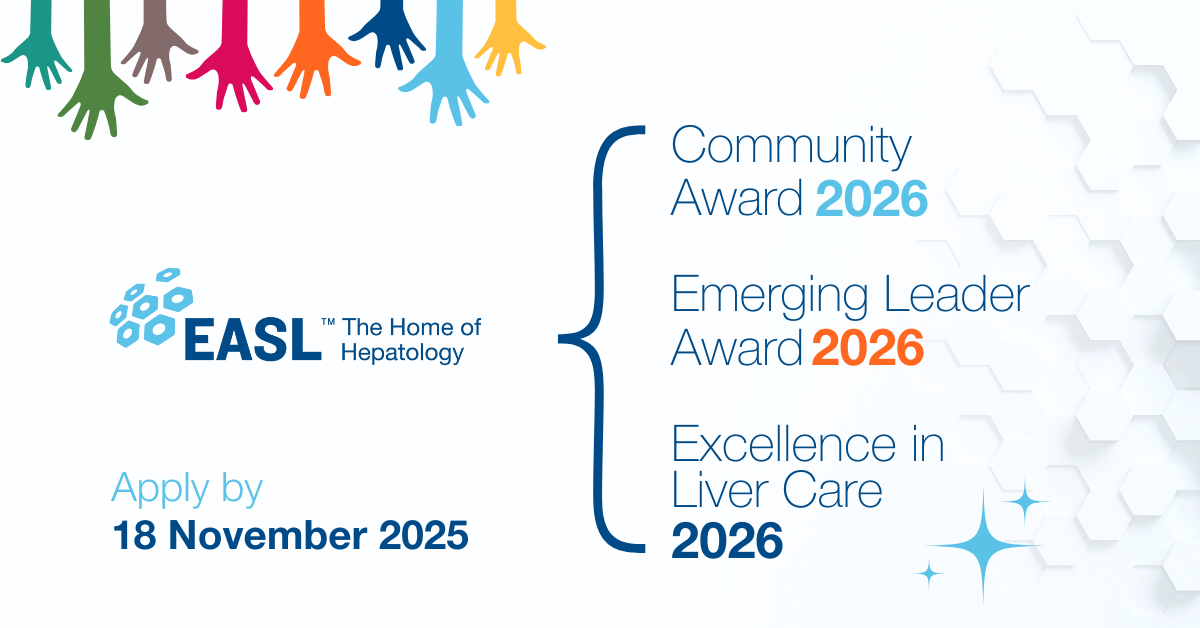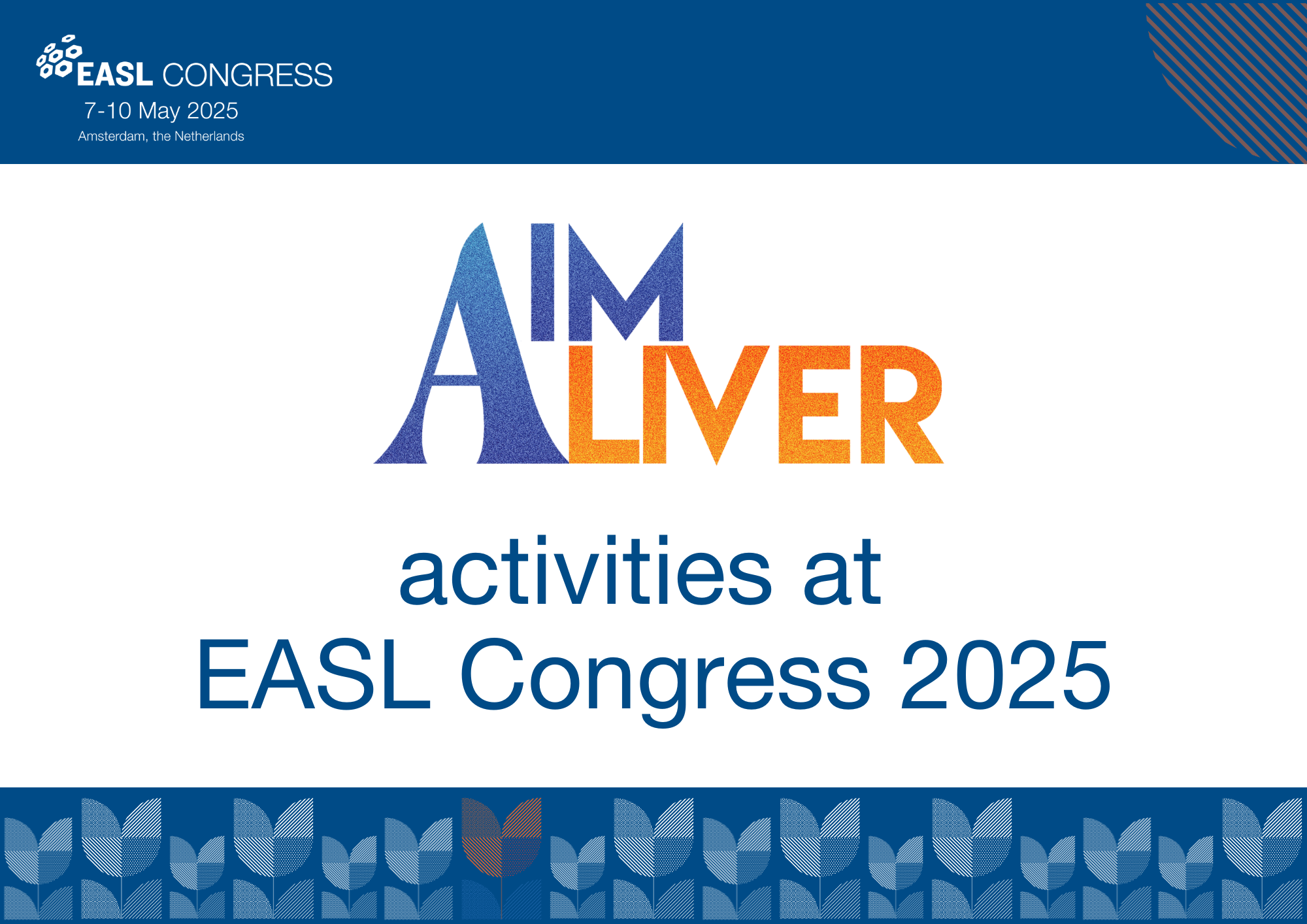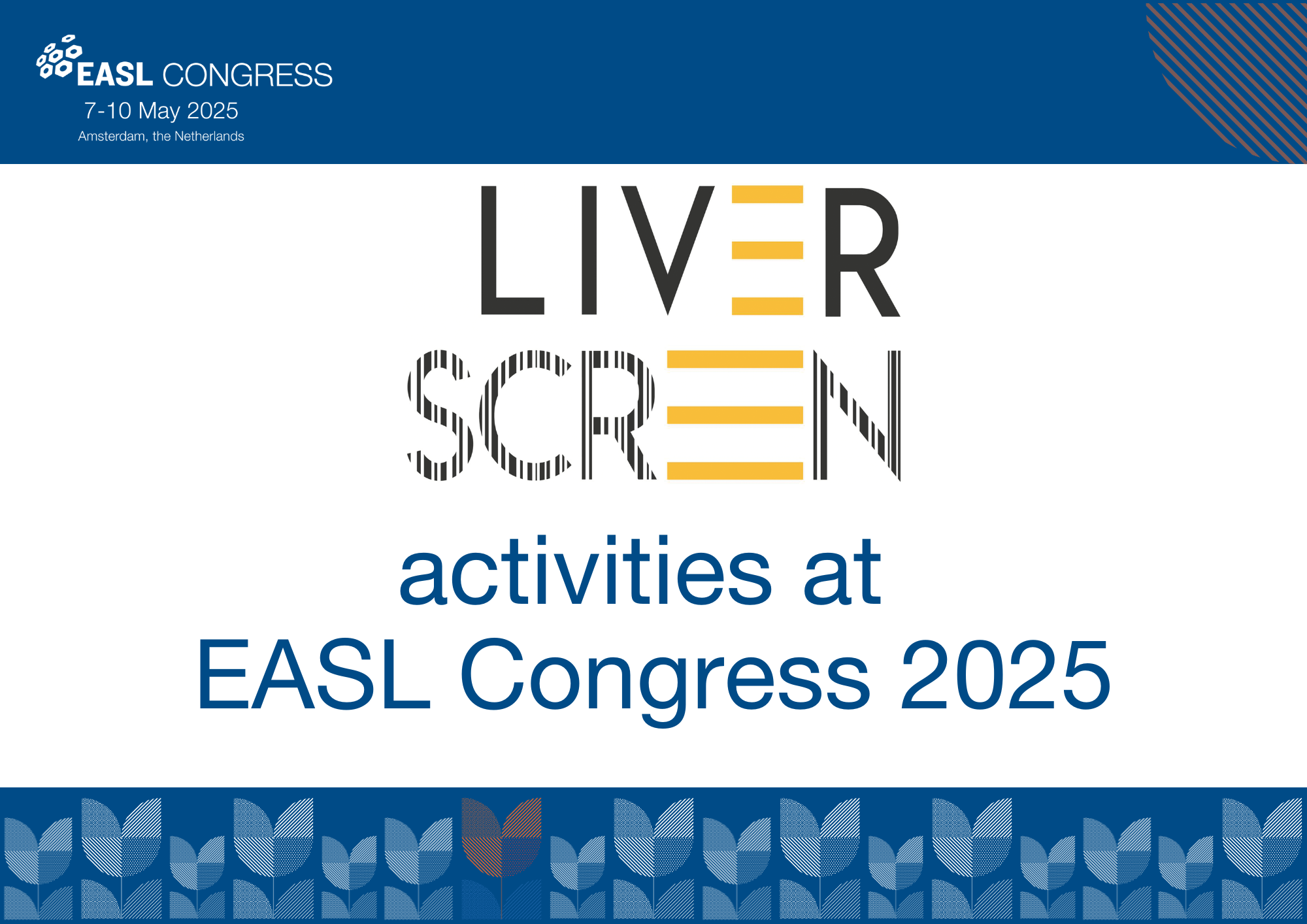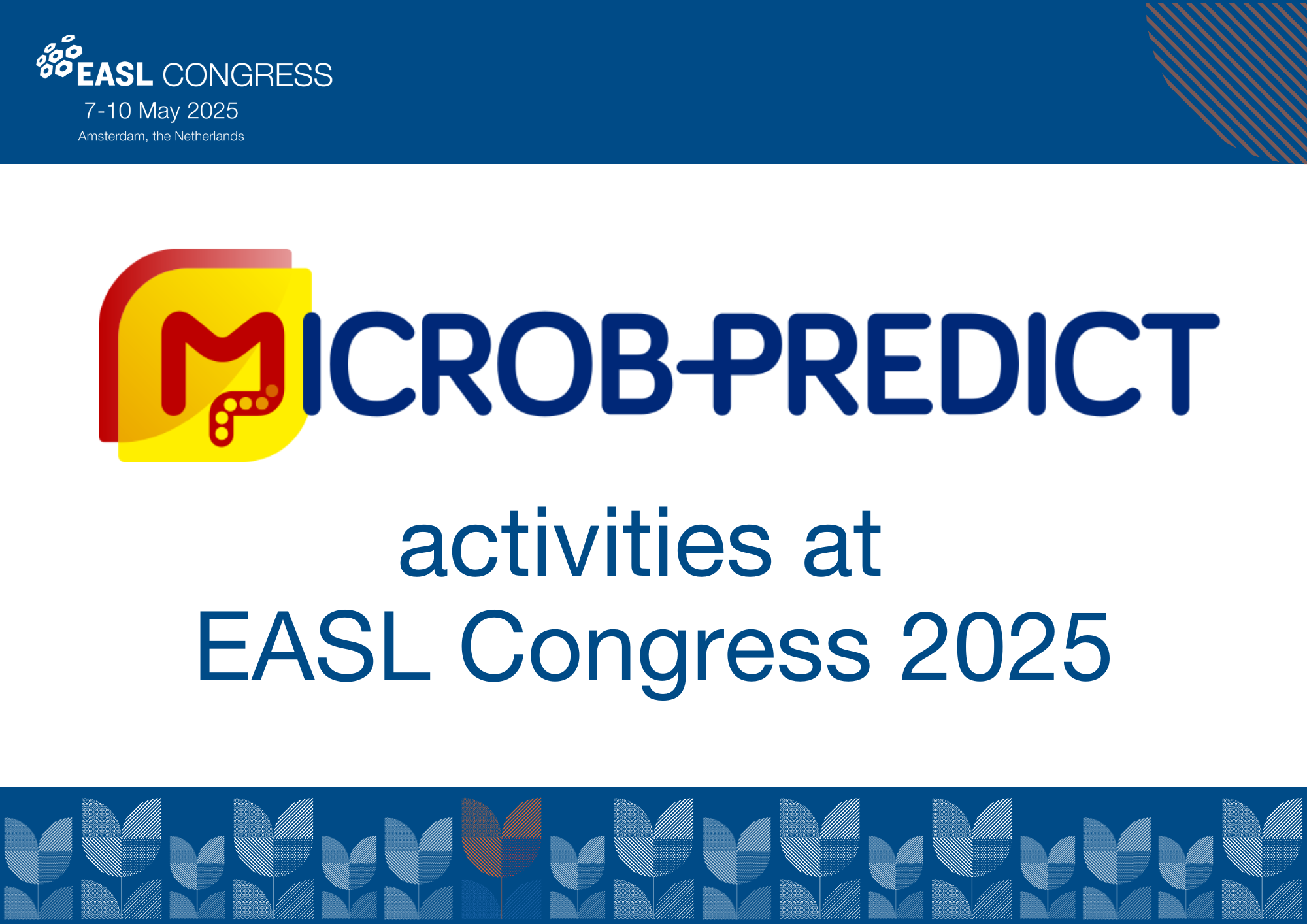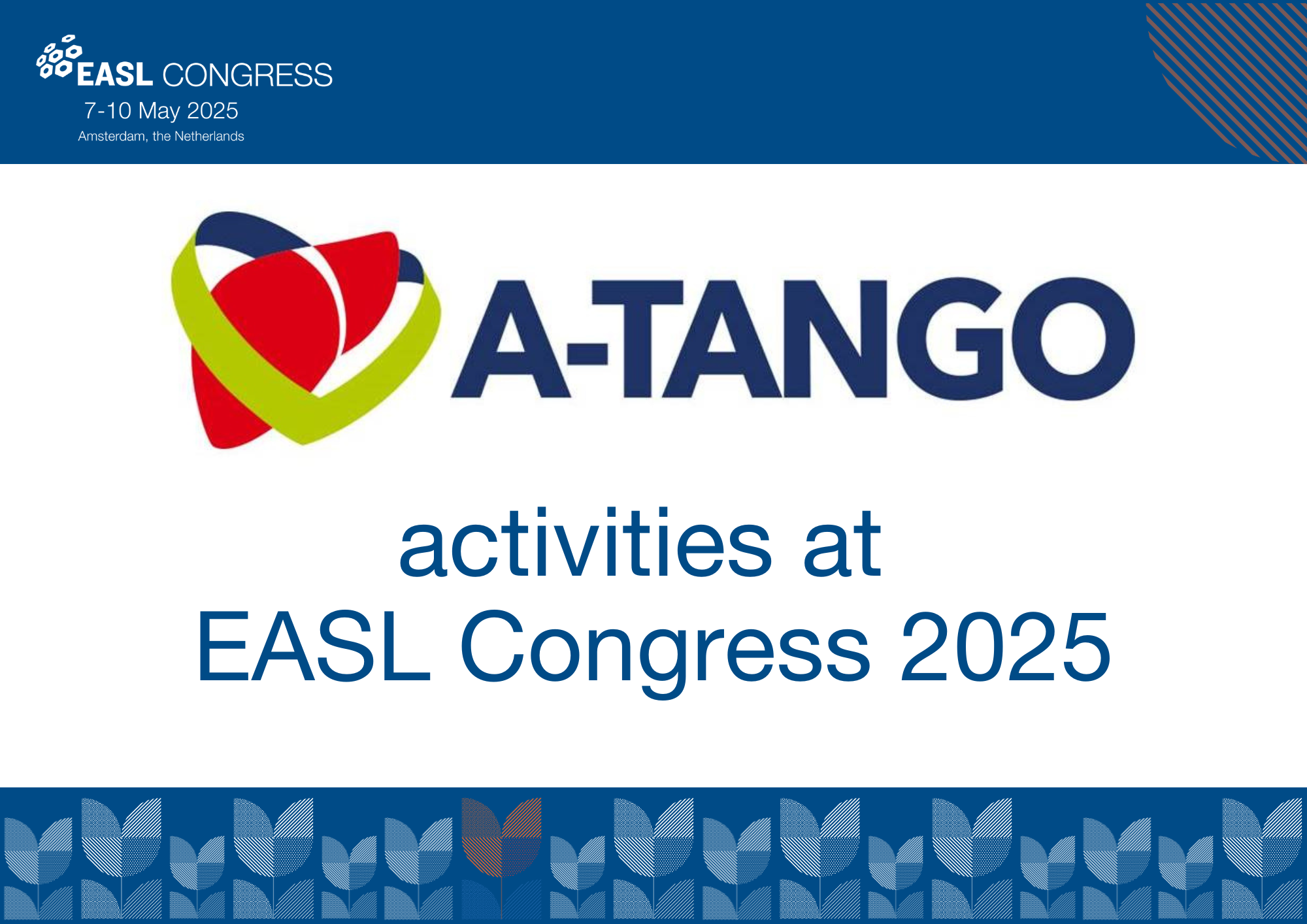Call for nominations and applications for EASL Awards 2026
We are excited to announce the launch of the call for nominations and applications for three prestigious awards: the EASL Community Award 2026, the EASL Emerging Leader Award 2026, and the EASL Excellence in Liver Care Award 2026. These awards…

